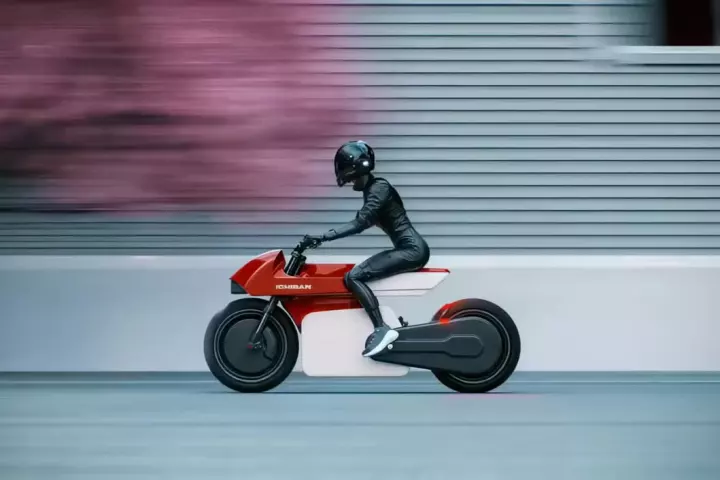Animation
-
Japanese design firm Ichiban has created a sleek, retro-futurist electric bike based on the original 1982 manga drawings by Akira creator Katsuhrio Otomo. It is modernized and made technically viable by Ukrainian industrial designer Ivan Zhurba.
-
Invented in the late 1800s, kinegrams were a simple form of animation that predated the first animated movies. A team from MIT has now given the technology a digital makeover, in the form of the one-off KineCAM.
-
Early last year, MyHeritage made use of deepfake tech to bring old photos of deceased loved ones to life, and more than 100 million animations have since been created. Now the company is back with LiveStory, which adds vocal storytelling to the mix.
-
Typically, motion capture systems are confined to one studio containing multiple cameras, and they require subjects to wear sensor-equipped body suits. A new setup, however, is based around a single chest-mounted camera.
-
The second biggest search engine in the world isn’t about words or information, it’s about body language and emotional expression, and you’re probably using it daily without realizing it.
-
A few months ago, Canadian company SideFX quietly released an update to its bleeding-edge Houdini procedural animation software, which handles the physics behind CGI. This stunning video pulls back the curtain on the process behind so much of today's cinema and gaming.
-
In motion-capture animation, an actor moves through a studio equipped with multiple cameras. A computer tracks markers on their body, building a 3D "skeleton" that is used to create the final animated character. Experimental new drone-based tech, however, may make the process much easier.
-
To speed up the creation of virtual environments, researchers at Nvidia have taught artificial intelligence systems how to generate and detail new virtual cityscapes, by training neural networks on real video footage.
-
A system combining robotics and animation software to create lifelike humanoid characters has been demonstrated in a new video by Engineered Arts. Dubbed Mesmer, the technology promises cheaper results by pulling disparate technologies into a single package.
-
Although movie producers can now create computer-animated images of just about anything, the sounds made by those items still typically consist of recordings of real-world objects. That may not be the case for much longer, however, thanks to a computer system developed at Stanford University.
-
Some day, even stopping for a rest on a bench at Disneyland might be an attraction, thanks to a mixed reality prototype called the Magic Bench. Designed to make AR more of a group activity, it allows people to interact with animated characters in 3D space, and even feel them through haptic feedback.
-
The cumbersome, expensive process of motion capture might soon be a thing of the past. Danish startup Rokoko has developed the Smartsuit Pro, a mocap suit that works without wires or cameras, and instead relies on sensors and a Wi-Fi network to record or stream motion to a character in real time.
Load More











